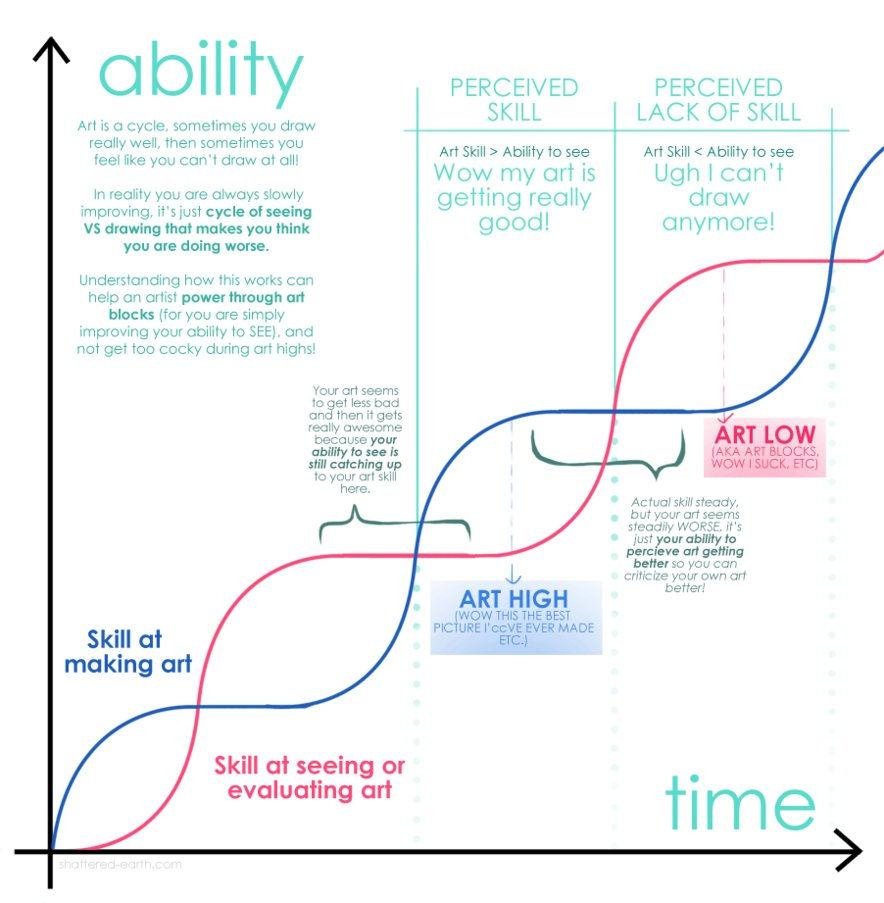
The question of how good is the average person at art has intrigued many. Is artistic ability an innate talent possessed by a select few, or can anyone develop their skills with dedication and practice? This article delves into the complexities of artistic ability, exploring the factors that influence its development and examining the interplay between natural talent and acquired skills. We’ll analyze how exposure to art, educational opportunities, and personal interests shape an individual’s artistic journey.
This exploration will encompass various perspectives on artistic ability, considering both subjective and objective measures. By understanding the multifaceted nature of artistic development, we can gain a deeper appreciation for the diverse range of artistic talents that exist within the population.
Artistic Ability Definition
Defining “artistic ability” itself presents a challenge. It’s a subjective concept encompassing a wide spectrum of skills, techniques, and creative expressions. Some might define it solely based on technical proficiency in drawing, painting, or sculpting, while others emphasize the emotional impact and originality of an artwork.
Furthermore, artistic ability can manifest in diverse forms beyond traditional visual arts. Music, writing, dance, and even culinary arts all require creativity, skill, and a unique perspective. Recognizing this breadth is crucial when attempting to assess how good is the average person at art.
Ultimately, artistic ability is a personal and evolving concept influenced by individual experiences, preferences, and cultural contexts.
Factors Influencing Artistic Development
Several factors contribute to an individual’s artistic development, shaping their skills and creative potential. These factors often interact and influence each other, creating a complex tapestry of influences.
Early Exposure
Early childhood experiences play a significant role in fostering artistic inclinations. Children exposed to art through books, museums, or even everyday objects are more likely to develop an appreciation for creativity and explore artistic expression.
Parental encouragement and participation in creative activities can further nurture these early interests. Providing children with opportunities to draw, paint, sing, or dance helps them discover their own unique talents and build a foundation for future artistic development.
Educational Opportunities
Formal education plays a crucial role in honing artistic skills and providing structured learning experiences. Art classes, workshops, and mentorship programs offer individuals the opportunity to learn from experienced artists, develop technical proficiency, and explore different artistic mediums.
Access to quality art education can significantly impact an individual’s artistic growth, enabling them to refine their techniques, expand their creative horizons, and gain a deeper understanding of art history and theory.
Natural Talent vs. Practice
The debate surrounding natural talent versus practice in artistic development is ongoing. While some individuals may possess innate abilities that give them a head start, consistent practice and dedication are essential for refining skills and achieving mastery.
Think of it like learning a musical instrument: some people might pick up the melody faster, but everyone requires dedicated practice to become proficient. Similarly, artistic talent can be nurtured and developed through persistent effort, experimentation, and feedback.
Exposure to Art
Exposure to diverse forms of art is crucial for broadening perspectives and inspiring creativity. Visiting museums, attending art exhibitions, reading about different artistic movements, and engaging with contemporary artists can all contribute to an individual’s artistic development.
By immersing oneself in the world of art, individuals can gain inspiration, learn new techniques, and develop a deeper appreciation for the complexities and nuances of artistic expression.
Conclusion
Determining how good is the average person at art is a complex question with no definitive answer. Artistic ability is a multifaceted concept influenced by a combination of factors, including natural talent, practice, exposure to art, and educational opportunities. While some individuals may possess innate abilities that give them an advantage, consistent effort and dedication are essential for developing artistic skills and achieving mastery. Ultimately, the journey of artistic development is unique to each individual, shaped by their personal experiences, interests, and cultural contexts.
